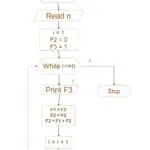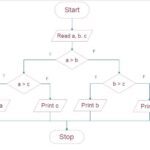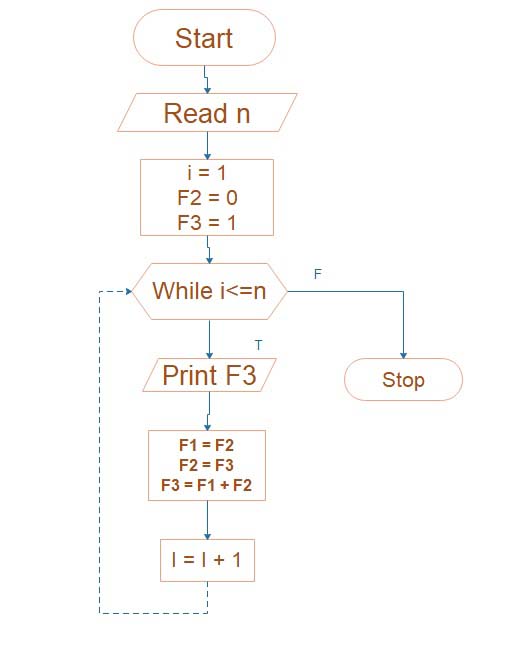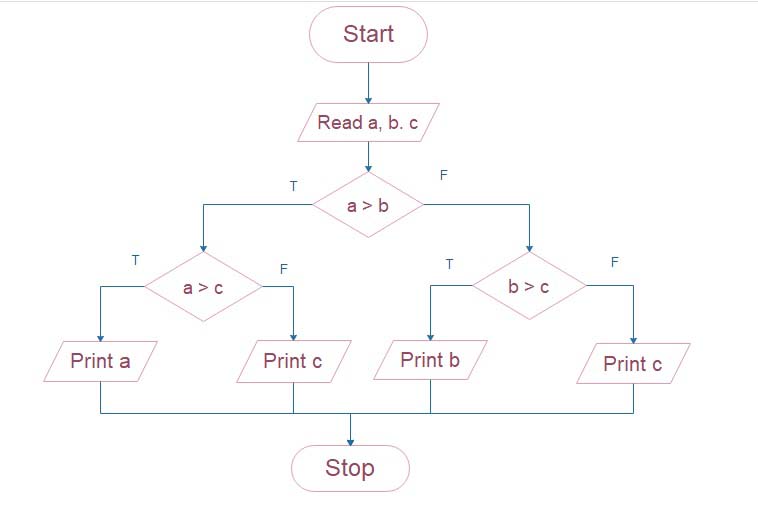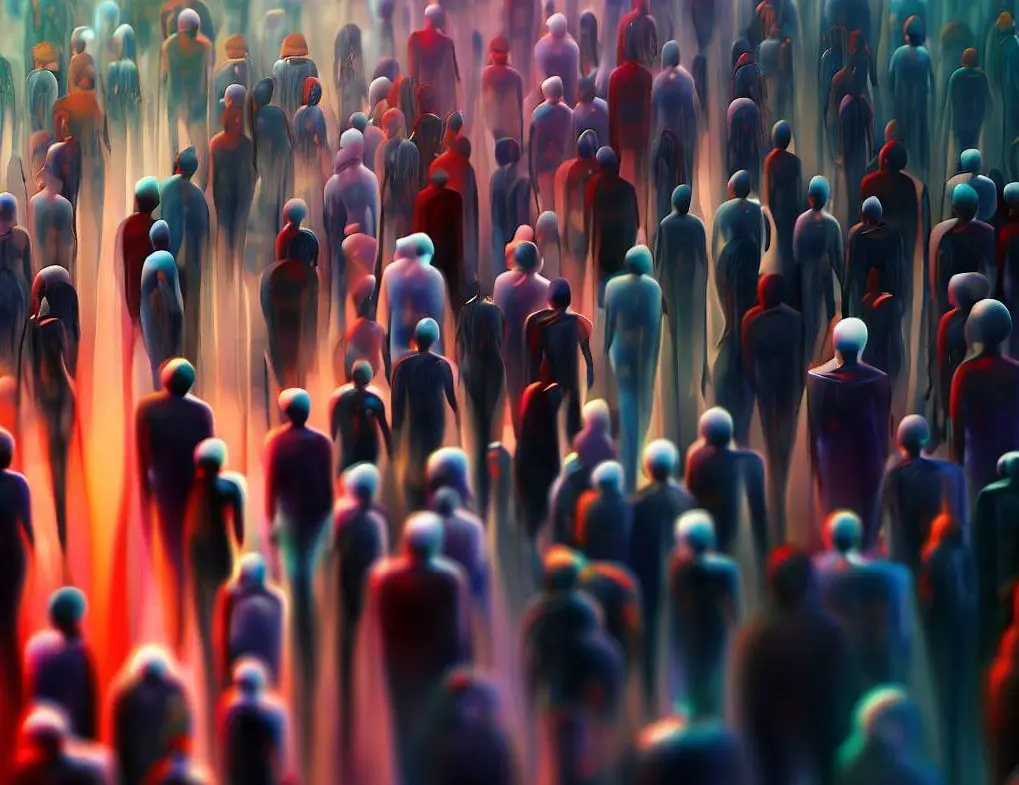Which 4 Types of fluid present in Human Blood
Human Blood
Human blood is red dense connective tissue. It means opaque, sticky, viscous, bright red also slightly chemical (ph 7.4) in nature.
What is human blood?
An important fluid called human blood travels throughout the body, carrying nutrients and preserving its general health. Red blood cells, white blood cells, platelets, and plasma make up the various parts of blood. Red blood cells remove carbon dioxide from circulation while delivering oxygen to tissues and organs. White blood cells are essential for the immune system’s defence against illnesses and infections. Blood clotting is facilitated by platelets, which reduces excessive bleeding.
The liquid part, plasma, moves nutrients, hormones, and waste materials across the body. Red blood cells’ unique markers may identify blood types including A, B, AB, and O. For the body to remain in a state of homeostasis, blood is essential for controlling body temperature, pH balance, and electrolyte levels. Additionally, it aids in the transportation of hormones and antibodies, promoting general health and well-being.
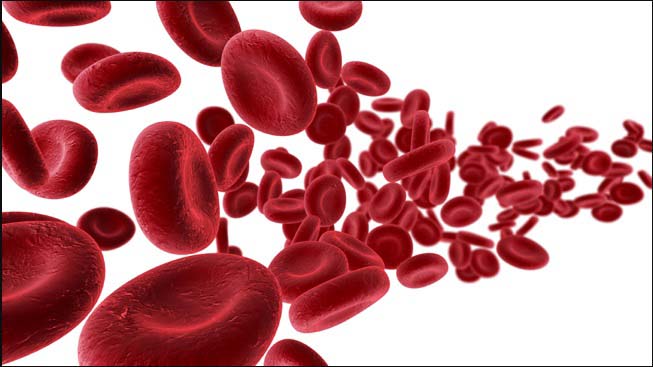
How much blood is in the human body?
The volume of blood in an individual’s body might vary based on their age, sex, weight, and general health. Blood typically makes about 4.5 to 5.5 litres (or 1.2 to 1.5 gallons) of an adult human body. Approximately 7-8% of a person’s entire body weight is represented by this volume.
It’s crucial to keep in mind that this is only a rough estimate and that there may be little differences. Blood volume may transiently change as a result of situations including dehydration, illnesses, or blood loss. To guarantee optimal operation and to support crucial activities including oxygen supply, immunological response, and waste elimination, the human body continually regulates the blood volume within a small range.
How many litres of blood are in the human body?
Blood typically makes about 4.5 to 5.5 litres (or 1.2 to 1.5 gallons) of an adult human body. Approximately 7-8% of a person’s entire body weight is represented by this volume.
Blood consists of two components
- Plasma (55%)
- Blood corpuscles(45%)
Plasma
It is a faint yellow-coloured part of blood and forms about 55-60% of blood volume. It is formed of water (90-92%), proteins like albumins, globulins, fibrinogen, materials, hormones, anticoagulants, antibodies, etc(1-2%).
what is the function of platelets?
Transportation of materials like food components. e.g. glucose, amino acids, respiratory gases, waste material, hormones, minerals etc.
Transportation of heat so helps in homeothermy.
Prothrombin and fibrinogen proteins help in blood clotting at the injury.
Globulin provides immunity (resistance against diseases).
Bicarbonates and certain plasma proteins help in the ph constancy of blood.
About 55% of the volume of blood is made up of plasma, which is the liquid part of the blood. It is a mostly water-based pale yellowish fluid that also includes a variety of other vital components. Multiple essential bodily processes are performed by plasma. It serves as a conduit for the transportation of several substances, including hormones, nutrients, electrolytes, platelets, white blood cells, waste materials, and red and white blood cells. By controlling body temperature, pH balance, and electrolyte concentrations, it is vital for preserving homeostasis.
Additionally, immunoglobulins, commonly referred to as antibodies, are found in plasma and are essential for immunological responses and the defence against infections. Plasma, which is obtained through blood donation, is an essential raw material for creating life-saving blood products such as immunoglobulins, clotting factors, and plasma-derived medicines. Plasma is a vital part of the circulatory system that supports a number of biological processes and promotes general health and well-being.

Blood Corpuscles
TThereare of three types. and from about 40-45% of blood volume. these include.
Red Blood Corpuscles (RBCs) or erythrocytes
- In human blood, RBCs are biconcave and enucleated. each is about 7-8um in size. These are most numerous and the RBC count of a normal adult human male is 5-5.5 million per cubic mm of blood and is slightly more than a normal adult woman.
- Each RBC is bounded by an elastic and semipermeable plasma membrane while cytoplasm lacks a nucleus, mitochondria, endoplasmic reticulum, Golgi body etc, but contains about 280 million molecules of an iron-containing pigment haemoglobin average life span of RBC’s are haemolysed in the cells of liver, spleen and bone marrow.
- During haemolysis, haemoglobin is changed in bile pigments like bilirubin and biliverdin. but even the RBC count remains normal because new RBCs are formed at the same rate by the hematocytoblast of the red bone marrow of long bones and the process is called haemopoiesis.
- The function of RBC is to transport about 97-99% of oxygen from the lungs to the body tissues and about 23% of carbon dioxide from the body tissues to the lungs.
white blood corpuscles (WBCs) or leukocytes
- In human blood, these are rounded or amoeboid, nucleated, non-pigmented cells and about 8-15um in size. These are less in number and the total leucocyte count (TLC) of human blood is about 6000-8000 per cubic mm of blood. they produce antibodies and antitoxins. Based on cytoplasmic granules,

WBCs are of two types
- Granulocytes and
- Agranulocytes.
Granulocytes
- These have granular cytoplasm and lobed nucleus and are formed in the red bone marrow. these are again of three subtypes i.e. neutrophils, basophils ( cyanophils) and acidophils ( eosinophils).
Agranulocytes
- These have non-granular cytoplasm and non-lobed nuclei and are formed in lymph nodes, spleen intestine etc. These are again of two subtypes monocytes and lymphocytes.

Blood Platelets
- These are oval-shaped and smallest-sized ( about 2-3 um) blood corpuscles. These are cytoplasmic fragments so are non-nucleated but have a mass of basophilic granules at the centre.
- Their number ranges from 1.5-3.5×10^5 per cubic mm of blood while the average life span is of 7-10days.
- The function of blood platelets is to secrete several platelet factors and the enzyme thromboplastin, which helps in blood clotting to check excessive bleeding.
what are platelets?
Blood contains tiny, colourless cell fragments known as blood platelets or thrombocytes. Despite not having a nucleus, platelets are essential to the coagulation or blood clotting process. When a wound is sustained, platelets cling to the broken blood vessels and create a plug to stop excessive bleeding.
They expel substances that draw in more platelets and produce a platelet clog. Additionally, fibrin, a protein mesh that strengthens the platelet plug and creates a blood clot, is created when platelets release clotting factors, which set off a chain reaction. The wound is sealed with the aid of this clotting process, allowing for tissue repair. Additionally, platelets regulate blood flow and maintain the integrity of blood vessels. Unusual platelet counts or capability can prompt draining problems or expanded coagulating chances, underscoring the significance of platelets in keeping a fragile equilibrium inside the circulatory framework.




